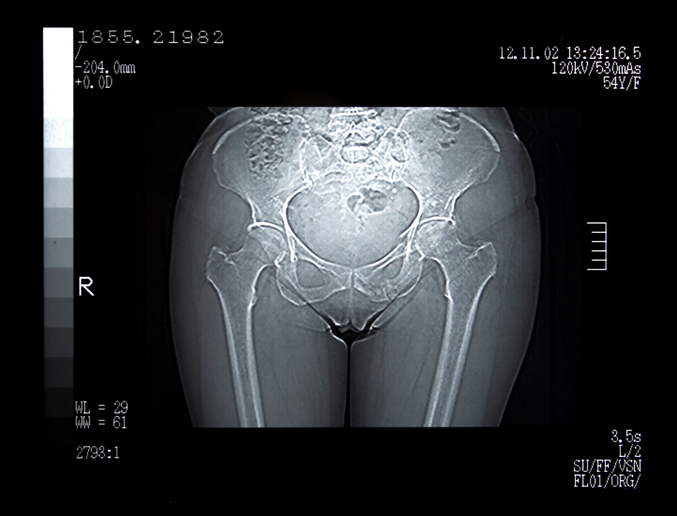Consistent assessment of symptoms across chemotherapy cycles is essential to better understand and monitor symptoms, trajectories, and clusters in patients with gynecologic cancer, according to a study published in Oncology Nursing Forum.
Adverse effects of treatments for gynecologic cancer vary by treatment type, with each cycle, and from day to day. Therefore, researchers set out to determine the percentage and prevalence of moderate to severe symptoms, and to analyze patterns of symptom occurrence during the first 3 cycles of chemotherapy.
They conducted a secondary analysis of a randomized, controlled trial conducted at 2 major universities. The original study examined the efficacy of Symptom Care at Home, a remote symptom monitoring system. This analysis focused on those patients with gynecologic cancer who had been randomly assigned to the usual care arm.
Participants reported their symptoms daily by calling into the Symptom Care at Home monitoring system. These patients did not receive the intervention in the original study (automated coaching and clinician response to reports of poorly controlled symptoms).
Data from at least 3 cycles of chemotherapy were available for 26 of 28 patients with gynecologic cancer in the usual care arm, and were included in this analysis. Symptom severity was reported using a numeric rating scale: 0 indicated none; 1 to 3, mild; 4 to 7, moderate; and 8 to 10, severe.
A total of 1562 calls were placed, with 950 (61%) reporting at least 1 symptom with a severity rating of 1 or higher and 608 (39%) reporting at least 1 symptom with a severity rating of 4 or higher.
Overall, the most prevalent symptoms reported were fatigue (738 [47%]), pain (647 [41%]), and trouble sleeping (391 [25%]). All 3 symptoms tended to co-occur, but trouble sleeping only occurred in a select group of patients.
Although several patterns of onset and duration occurred, they varied, suggesting that regular assessments would be a better strategy for keeping track of symptoms and guiding targeted symptom care.
“This analysis demonstrates that patients may have different and distinct experiences when undergoing treatment. Further investigation into daily symptom patterns and clusters, including the addition of sexual and menstrual symptoms, is warranted to improve symptom care,” the researchers concluded.
Reference
Wilson CM, Jacob E, Mooney K. Understanding mHealth patient-reported priority symptoms for gynecologic cancer during chemotherapy: a secondary analysis. Oncol Nurs Forum. 2023;50(4):521-529. doi:10.1188/23.ONF.521-529
